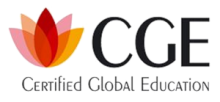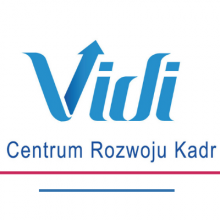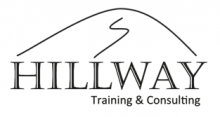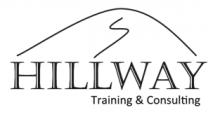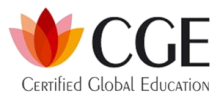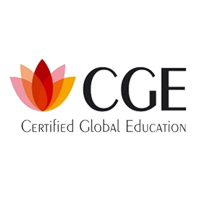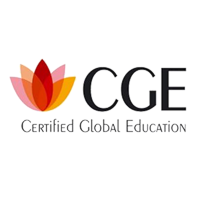Training objectives
- Workshop training based on a production line simulation.
- Practical description of the process based on the map.
- Key performance indicators (KPIs) and process metrics.
- Line Performance Improvement (LPI).
- Improving production line performance indicators.
- Developing a template for Visualisation Tables of indicators for each area.
- TPM indicators.
- OEE indicator.
- OEE workshop.
Estimated contribution of the practical part: 60%
Duration: 2 days for 7 h
Programme and exercises:
1. Practical description of the process based on the map:
- Relationships between production and decision-making cells.
- Input and output requirements.
- Definition of information flow, input and output.
- Scope of tasks and responsibilities.
- Process boundaries.
2. Process indicators and metrics. Best practice:
- Development of own indicators and metrics in line with the Company’s objectives.
- Method of data collection and interpretation.
- Scope of tasks and responsibilities.
3. Developing a template for Visualisation Tables of indicators for each area:
- Scope of topics.
- Size, layout, configuration.
- Modes of reporting.
- Scope of tasks and responsibilities for the currency of data.
4. Improving production line performance indicators:
- Data collection and assessment of phenomena.
- Looking for bottlenecks.
- Productivity improvements and bottlenecks.
- Selection of solutions to eliminate bottlenecks.
5. TPM indicators:
- Appropriate selection of indicators.
- What indicators can be used.
- TPM effectiveness reports.
- How to optimise production processes based on TPM indicators.
- Reliability.
- Maintainability.
- Supportability.
- Availability.
6. OEE indicator:
- Definition of the OEE indicator.
- Factors influencing the value of OEE.
- Calculation of the OEE indicator.
- Steps of implementation of the OEE.
- Effects of implementation of the OEE.
- Versions of the OEE.





















